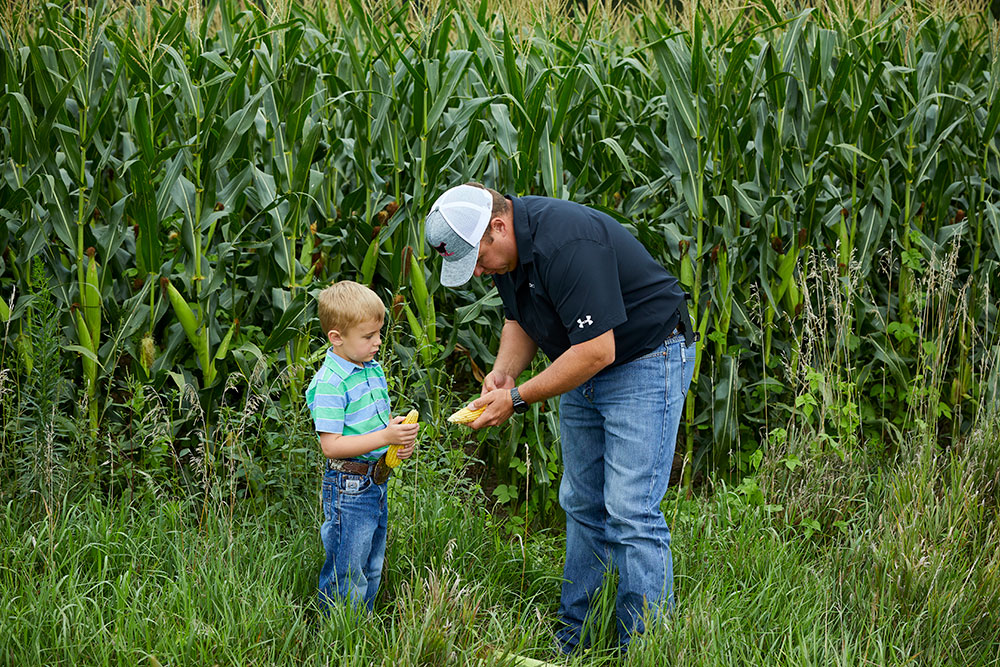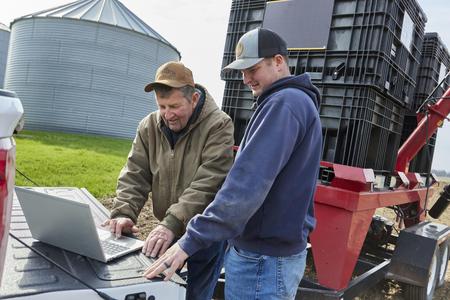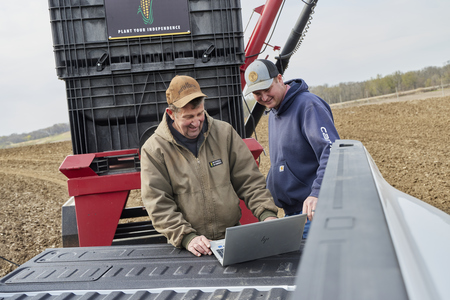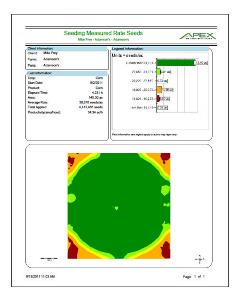Mega Menu
Mega menu is possible in BS5 but we will need to create a custom template layout for the navigation widget. The following is a hard-coded example.

Font Awesome 6
FA6+ icons will work on all widgets.
The FMH Icon box will need a new version created because the styling is broken in Bootstrap 5 templates (this has nothing to do with FA).
FMH Icon Widget
Icons can now be used in Content blocks by pasting the HTML tags from www.fontawesome.com into the HTML editor.
Here are some new icons from Font Awesome 6
face-awesome
envelopes
wheat-awn
Bootstrap Components
Code snippits from http://getbootstrap.com pasted into Content Blocks.
h1. Bootstrap heading
h2. Bootstrap heading
h3. Bootstrap heading
h4. Bootstrap heading
h5. Bootstrap heading
h6. Bootstrap heading
Nav Tabs
Nav Pills
Accordion
.accordion-body, though the transition does limit overflow.
.accordion-body, though the transition does limit overflow.
.accordion-body, though the transition does limit overflow.
Tables
| # | First | Last | Handle |
|---|---|---|---|
| 1 | Mark | Otto | @mdo |
| 2 | Jacob | Thornton | @fat |
| 3 | Larry the Bird | ||
Alerts
Image Carousel
Modals
Sitefinity Widgets
Default, out of the box, Bootstrap 5 templates available for widgets.
The navigation template used above is called Horizontal.
Navigation Widget - Tabs Template
Navigation Widget - Pills Template
Breadcrumb
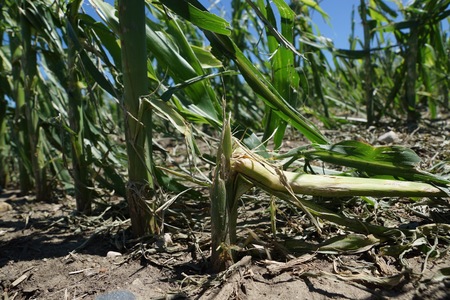
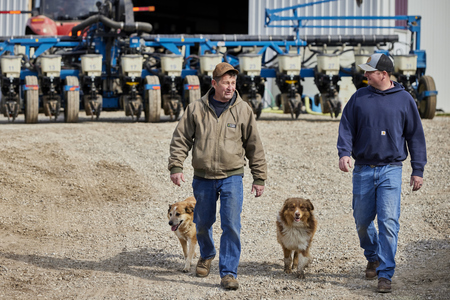
List Widget - Expandable List Template
Precision Claims FAQs
List Widget - Simple List Template
Crop Claims Reminders
-
How To Report MPCI Claims
-
MPCI Claim Reporting Deadlines
-
Appraisals
-
Production Records by Unit
-
Production Delivered to a Commercial Elevator
-
Production From Precision Farming Technology Systems
-
Production Weighed and Farm Stored
-
Authorization for Load Records, Storage Structure Marking, or Combine Monitor Records
-
Fed Production
-
Quality Adjustment
-
What is a Simplified Claim?
-
What can insureds do to expedite the claim process?
List Widget - Anchor List Template
Quality Control Review FAQ
- What can an Insured do to prepare for a review?
- What can Agents do to prepare for a review?
- How does the review process begin?
Quality Control Review FAQ
What can an Insured do to prepare for a review?
Third party documentation (i.e. summary/settlement sheets from the elevator) is required when applicable and available. Insureds are expected to have available hard copy records that will 1) support the total production raised for the crop/county/year being reviewed and 2) that can demonstrate how production was kept separate between various units, practices and types (if applicable).
Insureds will also want make themselves available to meet with the quality control reviewer as the reviews will need to be completed before the claims can be processed.
What can Agents do to prepare for a review?
How does the review process begin?
Documents List - Documents List Template
Documents List - Documents List Template
| Title | Type | Size | |
| 405 KB | DownloadWFRP Checklist for Agents 2026 | ||
| 504 KB | DownloadWFRP Policy Provisions 2026 | ||
| 3231 KB | DownloadWFRP Handbook 2026 | ||
| 203 KB | DownloadECO_MCO_SCO_Coverage Comparison Flyer | ||
| 93 KB | DownloadReplant Claim Checklist |
News Widget - News List Template
News list template is the only template available by default.
Claim Settled in Less than 10 Minutes with Precision Solutions
Every farm operation is unique. When crop losses occur, adjusters have a variety of factors to consider and calculate when settling a claim.
FMH Field Claims Supervisor Sara Ahrenholz was prepared for a long appointment at a southwest Minnesota farm involving commingled production, splitting by entity, and multiple bin measurements. It was the day after Christmas and she had an adjuster in training with her. When she discovered the policyholders had precision records that met crop insurance requirements, she knew her appointment wouldn’t be as long as she thought.
“I asked the farmer if he could provide records to show that he had calibrated his equipment within three percent to meet RMA requirements,” Ahrenholz said. “He was able to print this record from his SMS farm management software along with the other records I needed for the claim.”
Ahrenholz had planned to sort through the bin measurements that were already taken and start splitting production between the father-son, 1,800-acre operation to verify corn production – easily a couple hours’ worth of paperwork. Instead, she asked for the farmer’s seeding map, harvest wet-weight map, and calibration records…and set the timer on her phone.
 “Seven minutes and four seconds – that’s how long it took me to determine the corn production and verify the loss,” she said. “When I showed the time to the farmer, he just said, ‘huh, that’s incredible!’”
“Seven minutes and four seconds – that’s how long it took me to determine the corn production and verify the loss,” she said. “When I showed the time to the farmer, he just said, ‘huh, that’s incredible!’”
She explained that had these records been provided at the start, it could have saved over 10 hours of work that had been completed, including bin measurements and previous adjusting appointments. The precision records also provided more accurate data which is crucial when working with commingled production.
“If we were not able to show he had commingled grain through these precision records, it would have affected his APH and even indemnity payment,” Ahrenholz noted. While the time Ahrenholz saved is clear, she added that not every Precision Claim has these kinds of results.
“They were just the most ideal candidates I could have found,” she said. “Everything aligned really well, and we only had to focus on corn. While some farmers are already recording what they need for crop insurance, sometimes we only get half of what we need for a Precision Claim, and in those cases, we do help them prepare for a better experience the following year.”
Ahrenholz explained how Precision Claims can not only save time for the farmer, but also for the adjuster. “The farmer doesn’t need to provide the records on site. We can receive the records early and process them ahead of time so when we arrive for the appointment, it’s just reviewing everything with the farmer.”
If a policyholder uses their precision data to report their acreage and production to Farmers Mutual Hail, FMH can use that data to generate the planting and harvest maps an adjuster needs for a Precision Claim. The policyholder would only need to provide calibration records, which can be sent to their adjuster electronically through the FMH Policyholder Center.
Before she wrapped up the appointment, Ahrenholz said she told the farmer what she tells all her farmers: “When you’ve spent all this time making sure your data is right, why not use that for a claim?”
Blog Posts Widget - Blog Posts Lists Template
-
Reporting Acreage with FMH Precision Solutions
Many policyholders already collect precision ag data during planting. Put that data to work to report acreage for crop insurance with FMH Precision Solutions.Full story -
Prepping Your Customers for Planting with Precision
Help your farmers use the precision data they're already collecting to simplify planting and reporting this spring.Full story -
Q&A with an FMH Precision Tech Specialist
Learn how our expert staff supports agents getting started with Precision SolutionsFull story -
Traditional vs. Precision Claims: What Are the Differences?
Oct 16, 2023, 14:01 by Eric RicheLearn how Precision Solutions can lead to simplified claims and easier APH reviews for your customers.Full story -
See How Precision Solutions Saves Premium and Improves APH
See the difference with examples from our recent FieldView™ Partner Connect webinar.Full story
